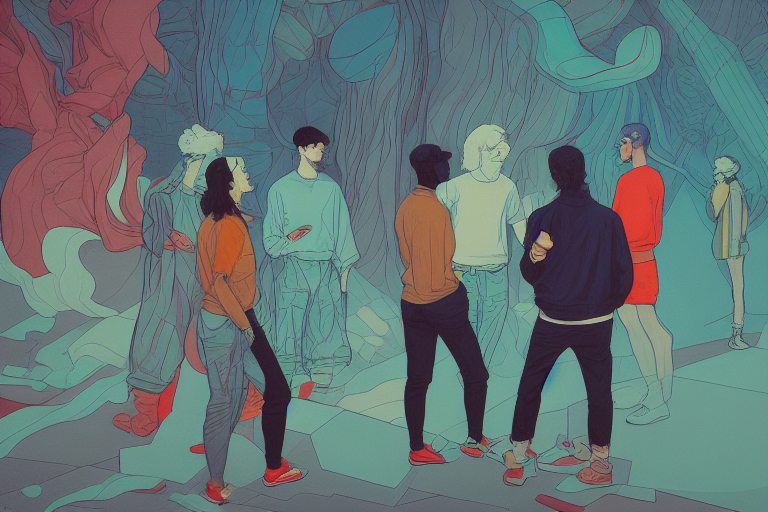In the next essays I will write about Web3, in particular DAOs. I’ll share some of my findings and takes. Developed in the last years, doing consultancy. As well as being a somehow hardcore user of blockchain-based tech. Somehow I thought it needed a bit of context. At least for a part of the audience with a shallow experience around most parts of the web3 universe.
DAOs are particular entities, that face new operational paradigms. Some of the ones any traditional organization has. Some new and exclusive from this kind of organization. This will be a quick review of the challenges they face. There is a complete DAO stack that is surfacing to solve those particular problems. I’ll touch base in the next weeks about analysis of specific areas and solutions in the landscape.
I like the way new situations create new types of problems. From time to time you have the opportunity to work on challenges that have a little background. You are an explorer in a new land and I find that appealing to say something.
My belief is DAOs will be WAY more impactful down the road than we can foresee now. Perhaps not in the actual form. In an evolved shape, resulting in overcoming today’s challenges. By learning about those challenges. About what kind of solutions are being developed around them. We can get a solid head start on understanding the future.
If you are familiar with what DAOs are, please, skip this part. I want to give a quick overview for someone who does not know what they are, providing a bit of context. Pretty hard to not know what DAOs are, but there is a world outside of our little bubble.
What DAOs are
DAO stands for decentralized autonomous organization. In essence, a group of individuals, aligned with a shared purpose. Using web3 technology to register its nature, rules and operational logic.
Smart contracts are at their core. They use blockchain-related technology to operate. Making use of web3 financial and operational instruments (cap table, treasury handling, tokenization of shares, voting mechanisms, ID management,…).
The autonomous part comes from it being a flat hierarchy org. Not connected to a central organization or institution. In theory, the members of the DAO. The theory implies fewer management layers. A learner structure. Value-based and with the consensus of its members being a driver of every workflow.
The first proponents of a decentralized structure go back to 2016. DAOs are relatively new, aren’t they? ergo a work in progress.
What challenges DAOs face now
They have a particular set of operational challenges. It will vary depending on what the DAO’s targets are. A social DAO does not have the same needs as an investment DAO. They will share some commonalities, regardless of the nature of their goals. Some of those challenges are:
- Governance and decision making
- Setting goals in a decentralized way
- Handling the shared cap tablet, shared treasury, taxes…
- Allowing participants to capture value in a healthy way
- Keeping coherence and do not diverge from the original targets over time
- rewarding contributions without encouraging pavlovian behaviours.
- Incentivize engagement with the project, rewarding participation
- Aligning resources with goals effectively
- Onboarding and effective engagement of new participants
Defining business logic without a central structuring is challenging. DAOs are not only subjected to new dynamics and tensions because of their nature. They interact and live in the real world. They have to run and deal with trad organizations and structures. I find it extremely enticing to follow its evolution. Seeing new forms of organizational structures popping up is absolutely exciting.
Keep tuned if you want to know more about it. Something you’d like to know in particular? please, hit me up!
